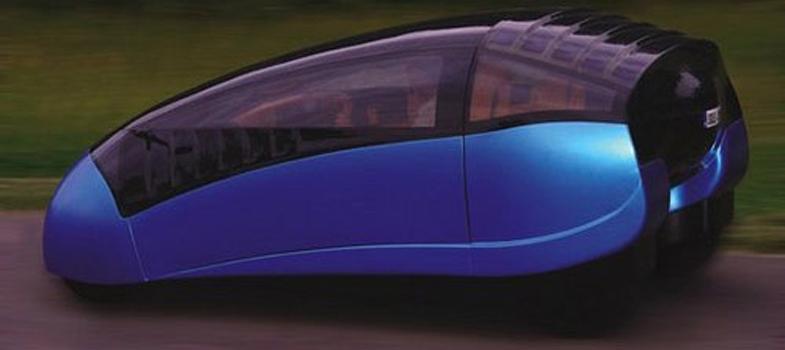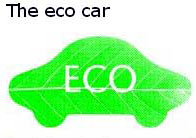6. Concluding Remarks
6.1. Concluding Remarks
We might conclude this Unit by noting that eco-designers are beginning to make their presence felt in mainstream design. The contradictions that persist throughout this subject, however, make it a bumpy ride. Successful innovative approaches at model level, for example, don’t always translate well to larger scales. Access to ‘eco-information’ specifically aimed at designers is also patchy, although this situation is improving
Toyota has acknowledged a detrimental relationship exists between vehicle exhaust emissions, carbon dioxide, climate change and urban air pollution. In response it set about launching the revolutionary Toyota D-CAT (Diesel Clean Advanced Technologies) concept, which lowers emission levels to well below Euro IV standards for diesel engines.
The Eco Car They have also effectively pioneered a hybrid (petrol/electric) technology to produce the world's first mass produced eco-vehicle - the Toyota Prius. The Prius incorporates Toyota's innovative Hybrid Synergy Drive, which integrates all aspects of their Hybrid System, from an optimum combination of electric motor and petrol engine to electricity regeneration through the braking system.
Through the use of the Hybrid Synergy Drive system, the vehicle is run from an emissions point of view, under the most efficient mode. As petrol and/or electric. The greatest benefit here to the environment is the generation of up to 89% less tailpipe pollutants than conventional internal combustion engines. It also achieves 2.5 times the average fuel efficiency of conventional vehicles. Toyota plans to introduce the Hybrid Synergy Drive approach into more of its vehicle products.
Reflective Question 1
Explore the websites and marketing information emanating from organisations known to you. What key aspects and principles of sustainable product design apply? Make a note of your thoughts in your personal notes or learning journal.
5. Design Networking

